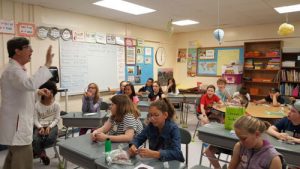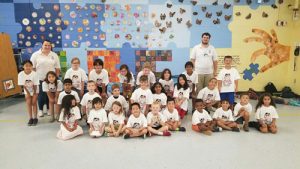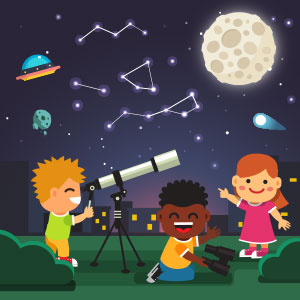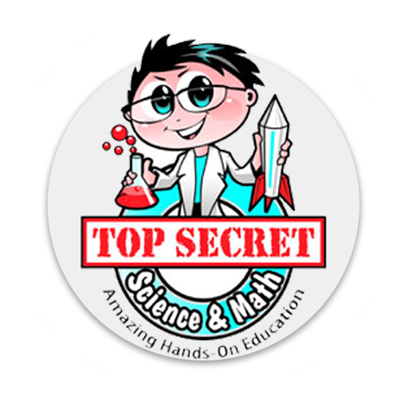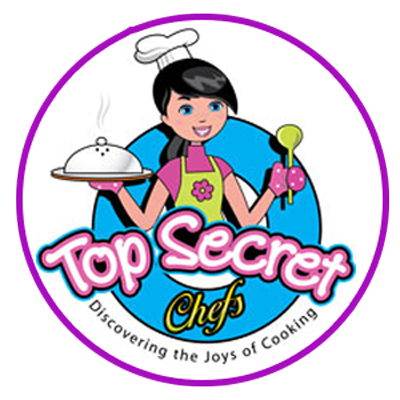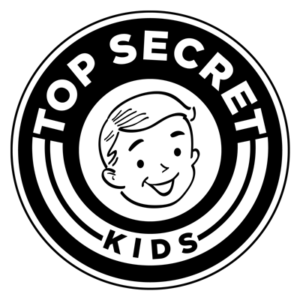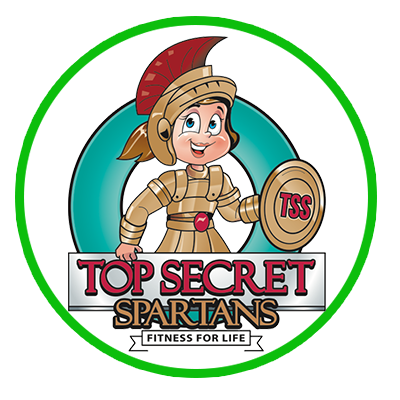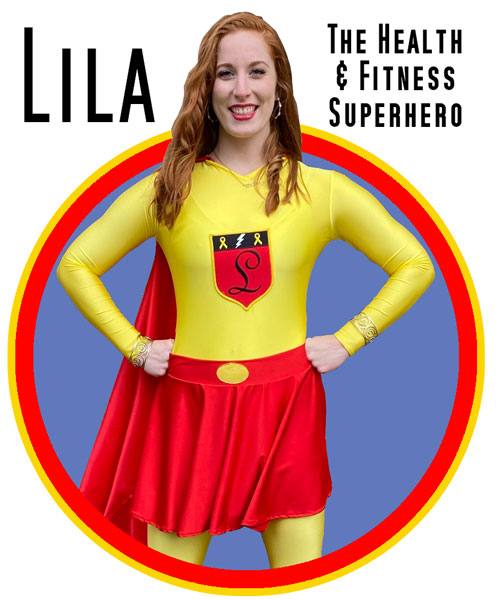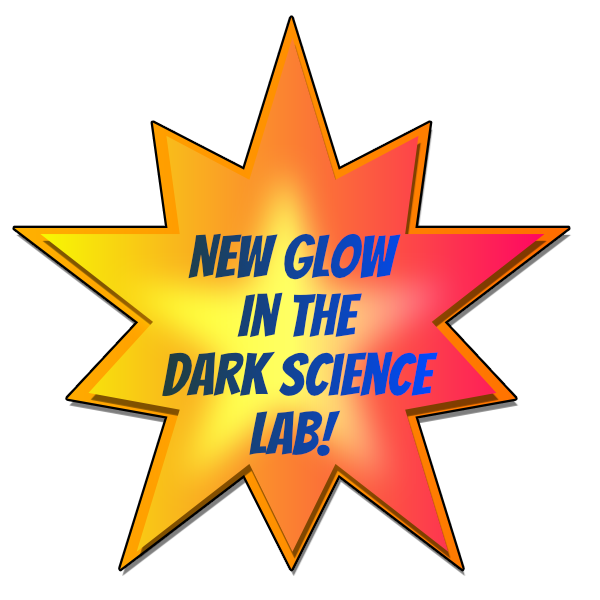Hands-on School Programs/ Home School Programs/ Family Science Nights
GROUP/SCHOOL COST IS:
$10.00 per child – $250 Minimum
At your school, camp, or other location
$10.00 per child – $250 Minimum
At your school, camp, or other location
We have exciting programs that fit every grade level curriculum and state science standard from Pre-K to 8. The following are just some sample areas:
1 Wild Weather – Students explore the difference between weather and climate. We will examine how forecasts are created using weather instruments and the role of a meteorologist. Through 5 hands-on experiments they learn weather conditions including thunder, tornadoes, snow, lightning and gravity.
2 Electricity, Gadgets & Magnets – During this presentation featuring the basic concepts of electricity students learn about forces, energy transfer, and electric fields like static and current. Students will also examine the very common Piezo arcs and memory wire which is used in many industrial applications. There are exciting tricks to help students explore the properties of magnetism and electricity and learn how the two are related. They will test a variety of magnets and play lots of cool games resulting in some unexpected surprises! Students will even see how magnetism can replicate the sounds of nature along with having staples dance on a piece of paper.
3. Geology Treasures – Gems & Minerals – In this hands-on workshop, students explore different types of rocks and how they form over geologic time. Students will identify various rocks and minerals through observations and experiments. Exciting reactions will include fast growing crystals, the properties of quartz and how some chemicals work with ultraviolet light.
4. Space Adventure – In this immersive program, students are challenged to make observations and think like scientists as they begin to understand the far reaches of the universe. They explore how stars are different from one another and learn to recognize star patterns in the sky. Key activities include air pressure, light energy and gravity.
5. Light – Faster Than A Speeding Bullet – Like water and air, without light, life would be impossible. We need light to see by. Plants grow by absorbing light and changing it to food. Light from the sun is the source of nearly all our energy and warmth. Yet light is just one kind of electromagnetic radiation. There are other kinds like radio waves and cosmic rays. But light is the only kind of wave we see. Students will learn about sun & star light and all its many properties and benefits. Many concepts will be taught including the speed of light, rainbows, diffraction, 3D, optical illusions and color.
6. 20,000 Leagues Under the Sea – Water is the essence to life and there are many properties to examine. There are thousands of ways that water helps the human body, animals and plant life. Experiments use air pressure, waves, evaporation, vacuums, density, buoyancy and surface tension to show the wonders of water. The kids will review the water cycle and learn how we drink the same water as the dinosaurs did millions of years ago.
7. States of Matter (Chemistry) – The students will observe how solids, liquids, and gases change phases and properties when subjected to changes in energy and temperature, and learn how to define the states of matter. Their hands-on experiments might involve making cool projects like snow, chalk, crystals, magic sand, ocean currents and even Nickelodeon Floam! They’ll find out the uniqueness of rubber and how a common starch is helping our environment.
8. Forces & Motion – Physics is the study of motion and the forces behind motion. In the late 1600’s, Sir Isaac Newton put forward three laws of motion that we still use today. There are several simple types of motion including gravity, electricity, magnetism and nuclear power. Several energy forms are explored with a focus on potential & kinetic energy. They build a balancing toy, learn the energy in moving toys and see the effects of flight and coordination.
9. The Science of Sound – In this presentation, students learn about vibrations and how changes in their frequency, pitch and amplitude result in different levels of sound. They’ll participate in a sound guessing game; test how sound can travel in magnets; make a sound instrument and build the famous “rooster cup.”
10. Engineering/Technology – An engineer is a professional who applies scientific knowledge, mathematics, and ingenuity to develop solutions for technical problems. Engineers design materials, structures, and systems while considering the limitations imposed by practicality, regulation, safety, and cost. Through hands-on activities, they develop their own bridge and tower models and analyze the strengths and weaknesses of different testable designs. The program also looks at building a roller coaster design, understanding why things fly from an engineering viewpoint and creating a robotic finger or catapult.
